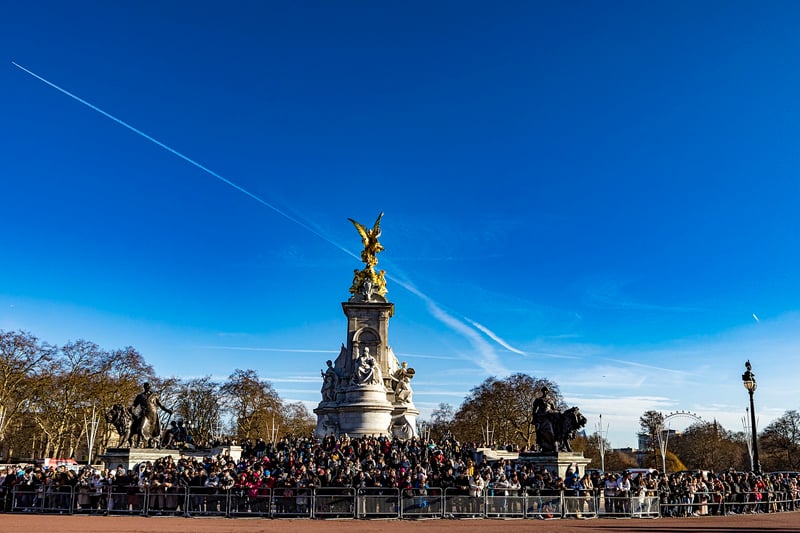Changing History
Exploring the Past: Interacting with History and Changing Narratives
History is a vast tapestry of events, cultures, and individuals that have shaped the world we live in today. While the past may seem set in stone, the way we interact with history and the narratives we choose to tell can have a profound impact on our present and future. Let's delve into the fascinating world of exploring the past and changing history.
Interact with the Past
Interacting with the past can take many forms, from visiting historical sites to studying primary sources and artifacts. By immersing ourselves in the sights, sounds, and stories of bygone eras, we can gain a deeper understanding of the people and events that have led us to where we are today.
Visiting museums, historical landmarks, and archaeological sites allows us to connect with the past in a tangible way. Standing in the footsteps of our ancestors or gazing upon ancient artifacts can evoke a sense of awe and wonder, bringing history to life before our eyes.
Changing History
While history is often portrayed as a fixed narrative, the reality is that it is constantly being reexamined and reinterpreted. By challenging existing narratives and uncovering overlooked perspectives, we can reshape our understanding of the past and present a more inclusive and accurate account of historical events.
From uncovering hidden stories of marginalized communities to reevaluating the actions of historical figures, changing history involves a process of critical thinking and empathy. By acknowledging the complexities of the past and embracing diverse voices, we can create a more nuanced and comprehensive view of history.
Embracing the Power of Storytelling
Storytelling plays a crucial role in how we perceive and remember history. Through books, films, art, and oral traditions, we pass down stories from one generation to the next, shaping our collective memory of the past.
By amplifying diverse voices and perspectives in our narratives, we can create a more inclusive and accurate portrayal of history. Encouraging dialogue and debate about different interpretations of the past allows us to move beyond traditional narratives and embrace a more complex understanding of our shared history.
Conclusion
Interacting with the past and changing history are dynamic processes that require us to engage critically with the stories we tell about our world. By exploring new perspectives, challenging existing narratives, and embracing the power of storytelling, we can create a more inclusive and accurate representation of history that resonates with people from all walks of life.
Remember, the past is not a distant memory but a living force that continues to shape our present and future. Let's embrace the opportunity to interact with history and change the way we understand the world around us.


 Learn more about Stonehenge
Learn more about Stonehenge
